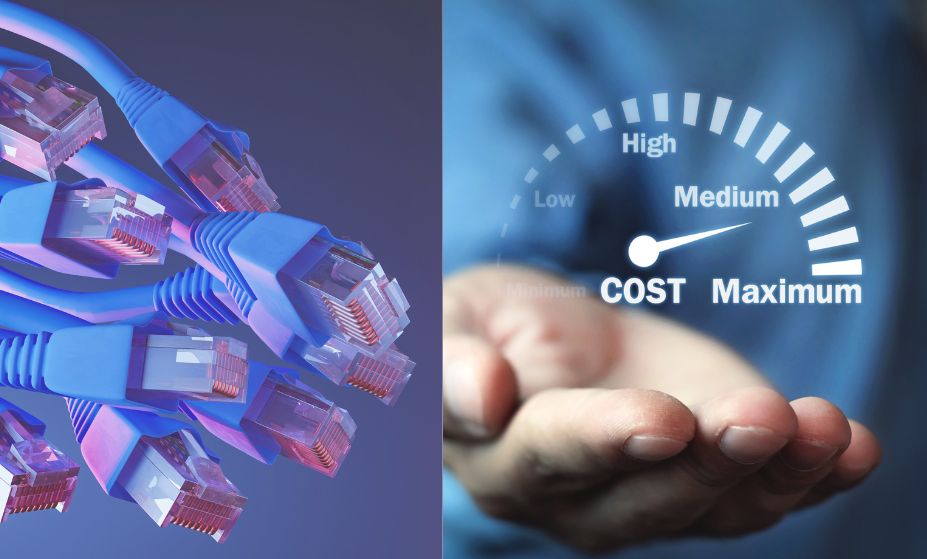This article is about the need for a server to have 2 or more physical IP addresses. A server without an IP address cannot be accessed from the internet and will likely be inaccessible while connected to a company’s internal network.
What is an IP address?
An Internet Protocol (IP) address is a unique numerical label assigned to each device connected to a computer network that uses the Internet Protocol for communication. An IP address serves two main functions: host or network interface identification and location addressing.
IP addresses are binary numbers, but they are usually expressed in decimal form (four numbers separated by periods) for ease of use. When you request a web page, your computer sends a message to the server containing the page. The message includes your IP address, which allows the server to send the page back to you.
You can think of an IP address as a street address for a house on the internet. Just as every house has a unique street address, every device on a network has a unique IP address.
Why do servers need more than 1 IP address?
In order to function properly, servers need more than one IP address. This is because each IP address corresponds to a different task or service that the server needs to perform. For example, a web server will need an IP address for the website itself, as well as an IP address for the email server.
Without multiple IP addresses, servers would not be able to handle the amount of traffic they receive on a daily basis. By having multiple IP addresses, servers can distribute the traffic among different services and ensure that each service is running smoothly.
Who owns the IP addresses of a server?
The short answer is that the server’s owner likely owns the IP addresses of the server. However, it’s important to understand the role of IP addresses in order to understand why a server might need more than one.
An IP address is simply a unique identifier for a device connected to the internet. When you connect to a website, your computer sends a request to the server hosting that website. That request includes your computer’s IP address so that the server knows where to send its response.
Your ISP (internet service provider) assigns your computer an IP address when you connect to the internet. If you’re using a home broadband connection, that IP address is probably assigned dynamically, which means it can change from time to time.
However, if you’re using a commercial-grade internet connection, such as for a business or office, then you probably have what’s called a static IP address. That means your IP address doesn’t change unless you specifically request it from your ISP.
If a server only had one IP address, then that would be its only way of communicating with the outside world. However, most servers have multiple IP addresses for various reasons:
- To provide redundancy in case one of the IP addresses becomes unavailable for some reason (e.g., due to an outage at your ISP).
- To allow different services on the same server to be accessible via different IP addresses (e.g., oneIPaddressforWebtrafficandanother
How can you get more than one IP address for your server?
There are a few different ways that you can get more than one IP address for your server. One way is to use a proxy server. A proxy server is a server that acts as an intermediary between your computer and the internet. When you connect to the internet through a proxy server, your computer will send all of its traffic to the proxy server first. The proxy server will then forward that traffic to the appropriate destination. This allows you to hide your real IP address from the destination server. Another way to get more than one IP address for your server is to use a virtual private network (VPN). A VPN allows you to create a private, secure connection between your computer and another network. This tunnel encrypts all of your traffic, meaning that anyone who tries to intercept it will only see gibberish. You can use a VPN to connect to another network, such as a corporate network, or even the internet itself. Finally, you can also get more than one IP address by using multiplexing. Multiplexing is a technique where multiple signals are combined into one signal. This allows you to send multiple streams of data over a single connection. For example, you could use multiplexing to send both audio and video data over the same connection.



